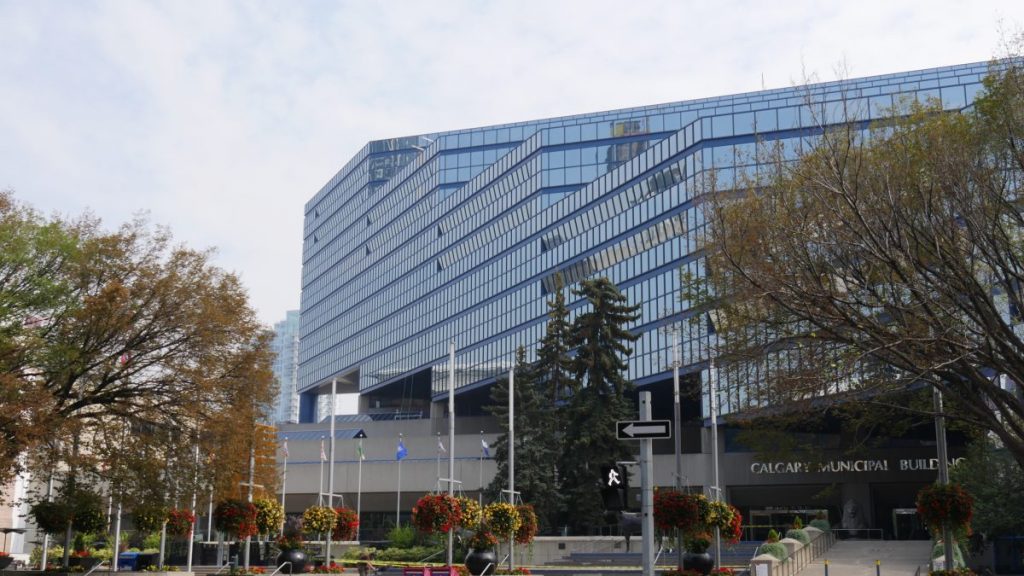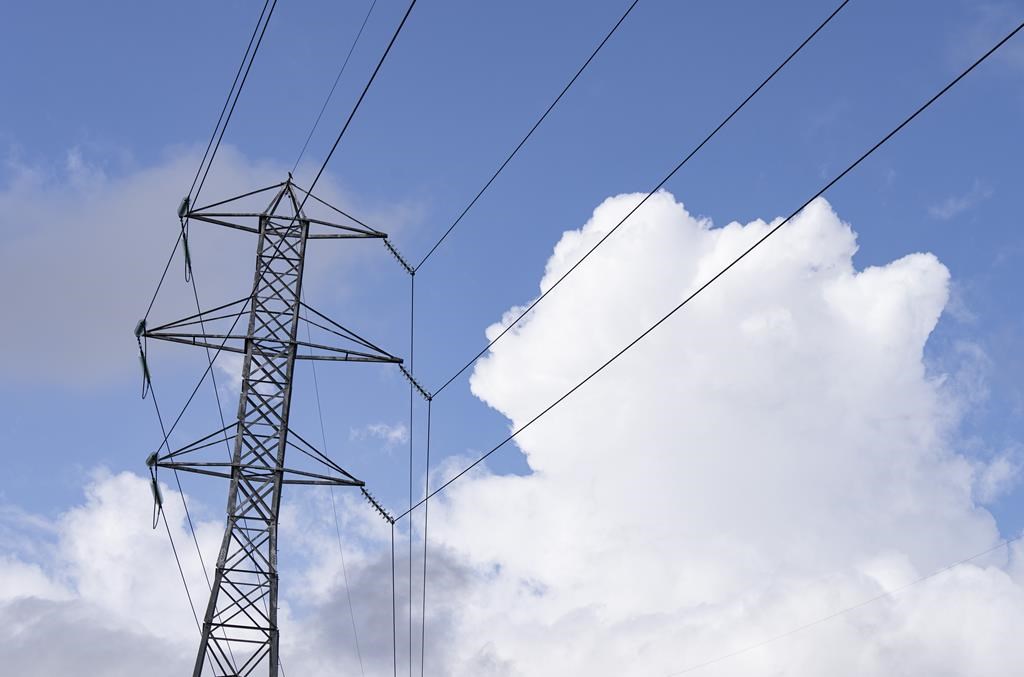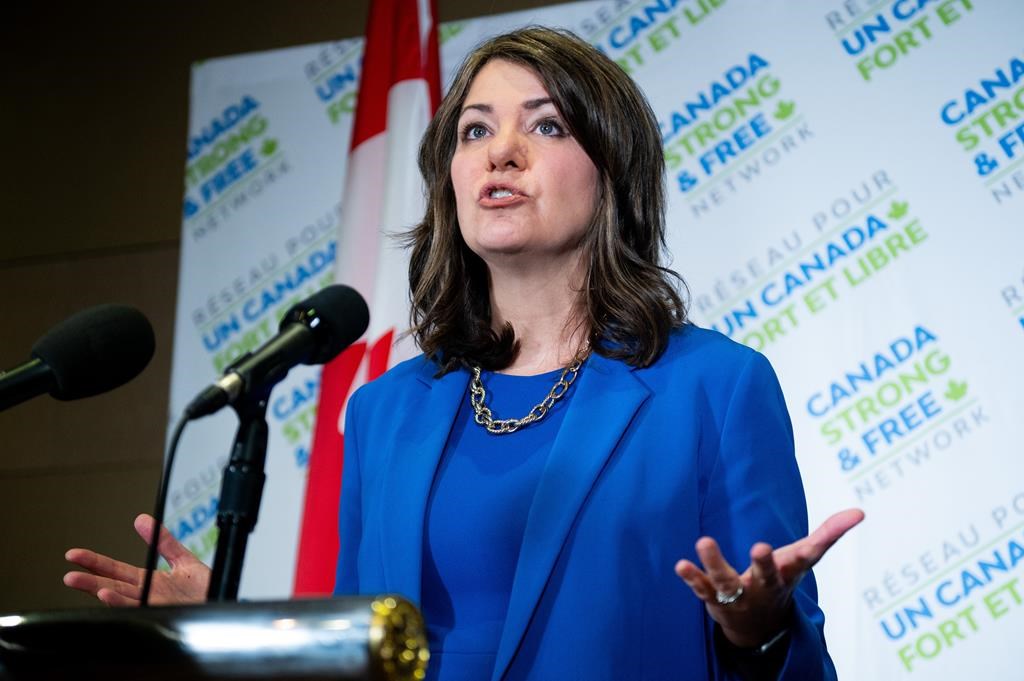School of Public Policy calls government forecasting method of oil prices ‘puzzling’
Posted Mar 24, 2015 3:52 pm.
This article is more than 5 years old.
The terms ‘puzzling’ and ‘mystery’ may not be what Albertans want to hear when it comes to how the provincial government estimates the critically important price of oil, but a new study says that’s exactly the case.
According to the University of Calgary School of Public Policy, its author used several forecasting tools, but was unable to match government figures for both oil prices and revenues for the 2014-2015 budget.
The study also points to the September 2014 figures of the government collecting $5.2 billion in energy revenues, which was $1.3 billion higher than originally forecasted.
Author Sarah Dobson told City News estimating royalties is inherently difficult to start and that creates an even greater need to better understand the tools the government is using.
“I don’t know what forecasting method they’re using, it could be a pretty strong forecasting method,” she said. “The issue is that right now without better information on the forecasting methodology that the government uses, without better information on the assumptions that go into these forecasts, we can’t make the conclusion with respect to how good those forecast methods actually are.”
Dobson said in a province so dependent on oil royalties, it’s even more important for the government to be more transparent.
“There’s only very few pieces of information that are provided in the budget, so the government provides the WTI price for example, the forecast exchange rate, production levels, but there’s a lot of other information that goes into these forecasts that the government doesn’t provide and we think that information needs to come forward,” she said.
Dobson she and her colleagues will be very interested in the assumptions made in the upcoming budget.
To view the study online, click here.










